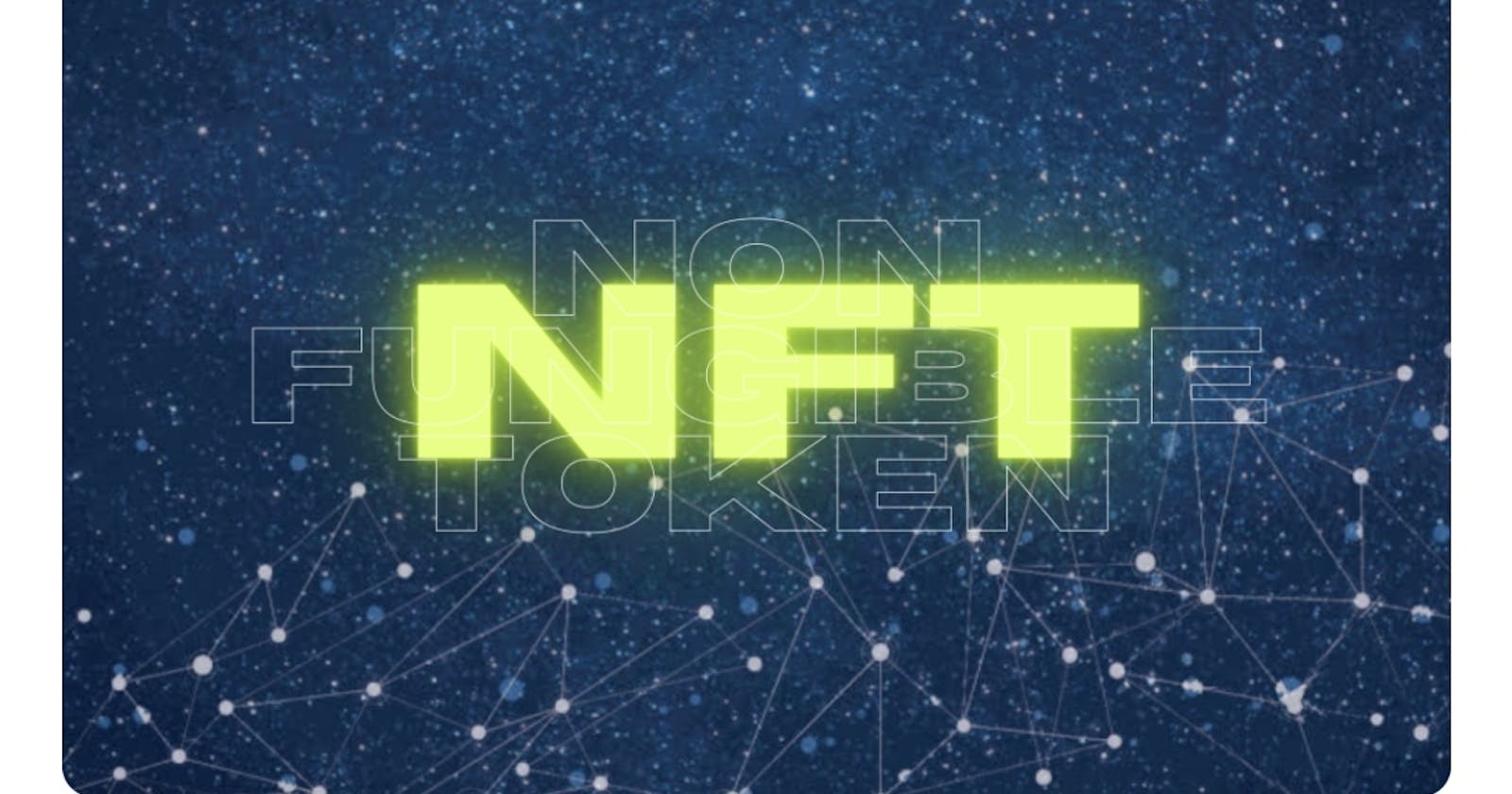Table of contents
Selfie NFTs sold for a million dollars!
Non Fungible Tokens – What does it actually mean?
Remember the song “Bella Ciao” from the most popular Netflix series ‘Money Heist’? You sing it in your own voice! THIS! Can be the NFT! Wonder how? Let’s get started…
Let’s first understand the terms:
Fungible =
interchangeable/replaceable
Non Fungible =
can’t be replicated/counterfeited/replaced
Token =
a unit representing an asset or utility
NON FUNGIBLE TOKEN =
A token representing an asset or utility which:
• Can’t be interchanged/ replaced
• Can’t be printed on demand
• Has same ownership right
• Is personalized and unique
How to define ownership and uniqueness?
Tracking who owns a piece of art becomes difficult. As anyone can download, copy and distribute multiple copies! So how do we prove who is the original owner when everyone has identical copies of the same art?
Well here comes the concept of NFT!
Suppose you sang “Bella Ciao”. Just make a clip of it and this file can be minted on NFT marketplaces. This NFT will contain a bit of information with it such as a Unique Fingerprint (a hash), a token name and a token symbol. This token is then stored onto a blockchain and “YOU – the artist” become the owner of this NFT or your song or the jpeg. That’s what is now written and documented on the blockchain. This token can further be sold by creating a transaction on the blockchain. The blockchain makes sure that this information can never be tampered with! And also allows you to track the current owner of the NFT, the value for which it is sold and all the subsequent happenings with it. If you want, you can also decide upon some percent of royalty which you can receive from its subsequent sales/transfer.
But wait! Did the song actually get uploaded to the blockchain?
NO!
Only the attributes such as the Unique Finger Print (a hash) which was generated when you minted the NFT, the token name and the token symbol and optionally the link to a file hosted to the IPFS gets stored on the blockchain. And that’s what helps you to establish your creatorship no matter who gets the ownership further. And everyone can go back at any time and see the creator and the ownership history. So ultimately even if anyone copies or downloads the song or the jpeg, the proof of ownership will remain with you as per the data stored on the blockchain.
"You're not buying the picture," said Jake Brukhman, founder of crypto currency investment company CoinFund. "You're buying the property rights to the picture."
So when you buy an NFT, you might or might not get a physical copy of it! But yeah everyone can download a copy and distribute it! That means NFT only represents the ownership, and that is recorded on the blockchain so that nobody can tamper it.
Also, when the creator transfers or sells an NFT she/he might not hold the ownership now but the copyright remains with her/him. That means the creator can’t sell that particular art work as an NFT but can still sell copies of it or create another same kind of art and sell.
What can be an NFT?
Apart from digital art, NFTs can be anything! A concert ticket, a domain name, a digital land, an avatar in a game, a pass to dinner with someone, a tweet or even a selfie!
Anything that is unique and needs a Proof of ownership can become an NFT.
So what makes some NFTs so valuable?
Well! An NFT’s value is determined by what people are ready to pay for it! Price of NFTs is “demand-driven”. That means an expensive NFT can drop to being worthless if nobody is willing to buy it.
To be a little precise, an NFT will gain value if it holds any of the listed attributes:
• Utility or a case use – If an NFT yields you some real world benefits like, a ticket to a concert, then it tends to hold the value for attending that concert.
• Unique or rare – If something is unique or is scarce like the socks of Michael Jackson or the painting of Monalisa!
• Firsts of first – If it’s a first of something like the first edition of art by some creator.
• Ownership history – If something is pre-owned by a celebrity or an authority for example, the bracelet worn by Salman Khan.
These are just a few. Yet, an NFT can even gain value if there increases a FOMO amongst the collectors or there is a hype created in the market regarding some NFT.
How do they work technically?
NFTs are essentially the smart contracts that live on a blockchain and represent the ownership of unique items.
"The underlying thing that you're buying is code that manifests as images," said Donna Redel, who teaches courses on crypto-digital assets at Fordham Law School. "You're buying a different format of art."
The contract stores the unique properties of the item and keeps track of current and previous owners as well as the track of values for which it is exchanged. They can also be programmed to pass-on royalties to the creators each time they exchange hands.
This particular article if minted on NFT marketplace becomes an NFT! Well hope this helped you with understanding the concept of NFT in the simplest way.
~Jill Pujara
